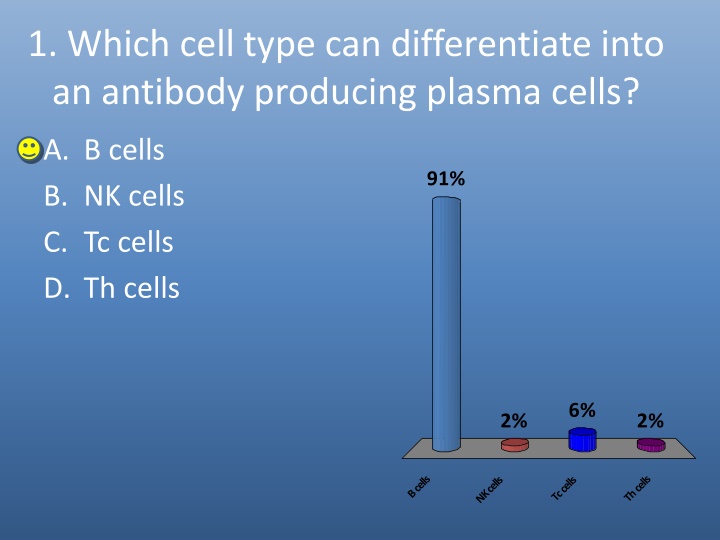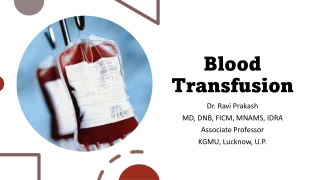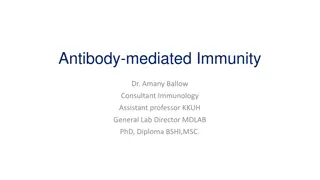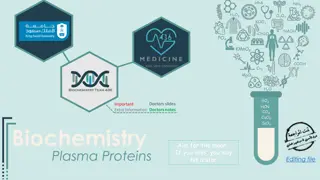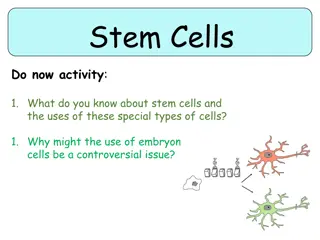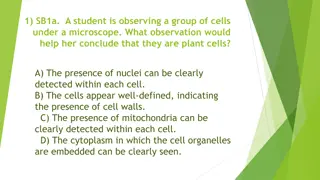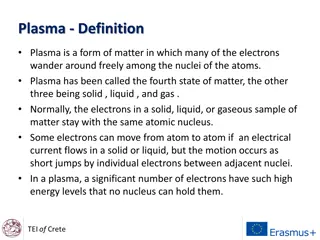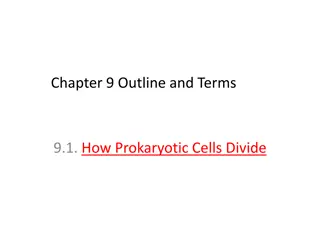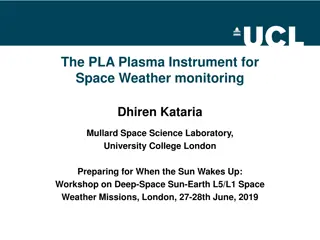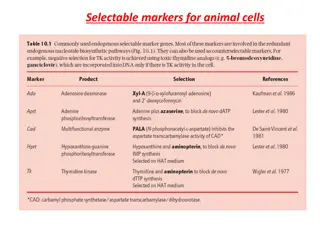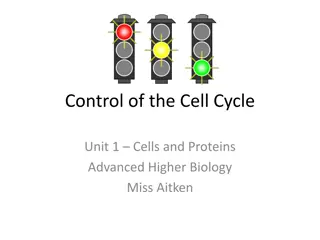1. Which cell type can differentiate into an antibody producing plasma cells?
Learn about different cell types involved in immune responses, characteristics of T cells, antibody classes, factors influencing autoimmune diseases, HLA associations, and autoimmune disorders. Test your knowledge with questions on immunological terms and concepts.
Download Presentation

Please find below an Image/Link to download the presentation.
The content on the website is provided AS IS for your information and personal use only. It may not be sold, licensed, or shared on other websites without obtaining consent from the author.If you encounter any issues during the download, it is possible that the publisher has removed the file from their server.
You are allowed to download the files provided on this website for personal or commercial use, subject to the condition that they are used lawfully. All files are the property of their respective owners.
The content on the website is provided AS IS for your information and personal use only. It may not be sold, licensed, or shared on other websites without obtaining consent from the author.
E N D
Presentation Transcript
1. Which cell type can differentiate into an antibody producing plasma cells? A. B cells B. NK cells C. Tc cells D. Th cells 91% 6% 2% 2% B cells Th cells NK cells Tc cells
2. Which of the following statement refer to T cells? A. When activated, they produce a secreted form of their antigen-recognition molecule. B. Their antigen receptors are composed of two heavy chains and two light chains. C. They recognize epitopes of native antigen. D. They bind to antigen peptides associated with HLA proteins. 66% 17% 14% 3% They recognize epitopes .. Their antigen receptors a.. They bind to antigen pep... When activated, they pr...
3. The class of immunoglobulin that is transported across the placenta from mother to foetus is 73% A. IgA B. IgD C. IgE D. IgG E. IgM 13% 7% 4% 2% IgA IgG IgD IgM IgE
4. Which of the following factors has not been associated with the development of autoimmune disease: 31% 31% A. Sex B. HLA C. Genetic factors other than HLA D. Infection E. SCID 27% 6% 6% HLA Sex Genetic factors other th.. SCID Infection
5. Ankylosing spondylitis is strongly associated with HLA-: 76% A. B8 B. DR3 C. DR4 D. B27 E. DR2 10% 7% 5% 2% B8 DR3 DR4 DR2 B27
6. Which of the following is a non-organ- specific (systemic) autoimmune disease: 85% A. Myasthenia gravis B. Systemic lupus erythematosus (SLE) C. Hashimoto's thyroiditis D. Pernicious anemia E. Insulin-dependent diabetes mellitus 6% 4% 4% 2% Pernicious anemia Myasthenia gravis Hashimoto's thyroiditis Insulin-dependent diabe... Systemic lupus erythema...
7. HLA-DR2 is a risk factor for: 76% A. Multiple sclerosis B. Insulin-dependent (type I) diabetes C. Ankylosing spondylitis D. Rheumatoid arthritis E. Myasthenia gravis 12% 6% 4% 2% Multiple sclerosis Rheumatoid arthritis Myasthenia gravis Ankylosing spondylitis Insulin-dependent (type I...
8. Exophthalmos is often associated with: A. Hashimoto's disease B. Primary myxedema C. Graves' disease D. Idiopathic thrombocytopenic purpura E. Autoimmune hemolytic anemia 97% 3% 0% 0% 0% Graves' disease Primary myxedema Hashimoto's disease Autoimmune hemolytic... Idiopathic thrombocytop...
9. Neonatal myasthenia gravis is thought to be caused by: A. An inherited genetic defect B. Transplacental transfer of maternal IgG against the TSH receptor C. Anti-idiotype to maternal IgG D. Transplacental transfer of maternal IgG against the acetylcholine receptor E. Maternal T-cells transferred across the placenta 67% 19% 10% 2% 2% Anti-idiotype to materna... An inherited genetic defect Transplacental transfer o... Transplacental transfer o... Maternal T-cells transfer...
10. In type 1 diabetes (insulin-dependent diabetes mellitus), the target of the autoimmune attack is: A. All of the cells in the islets of Langerhans B. The -cells in the islets of Langerhans C. The somatostatin-producing cells in the islets of Langerhans D. The glucagon-producing cells in the islets of Langerhans E. Cells throughout the body which have an insulin receptor
11. A therapeutic approach in rheumatoid arthritis is to: A. Stimulate TNF (TNFa) production B. Inhibit TNF (TNFa) activity C. Reduce TGFb secretion D. Administer silver salts E. Use prostaglandin 89% 9% 2% 0% 0% Use prostaglandin Reduce TGFb secretion Administer silver salts Inhibit TNF (TNFa) activity Stimulate TNF (TNFa) pr...
12. A difference between organ-specific and nonorgan-specific autoimmune disorders is that: A. Only in organ-specific autoimmune disorders is there a greater incidence in women Associations with HLA are only seen in nonorgan-specific autoimmunity Circulating autoantibodies react with normal body components only in organ-specific autoimmune disorders It is only in organ-specific autoimmune disorders that autoantibody tests are of diagnostic value Only in nonorgan-specific autoimmune diseases are anti-nuclear antibodies a frequent feature 36% 33% B. C. 21% D. 5% 5% E. Only in nonorgan-specifi... Circulating autoantibodie... Associations with HLA ar... Only in organ-specific au... It is only in organ-specifi...
